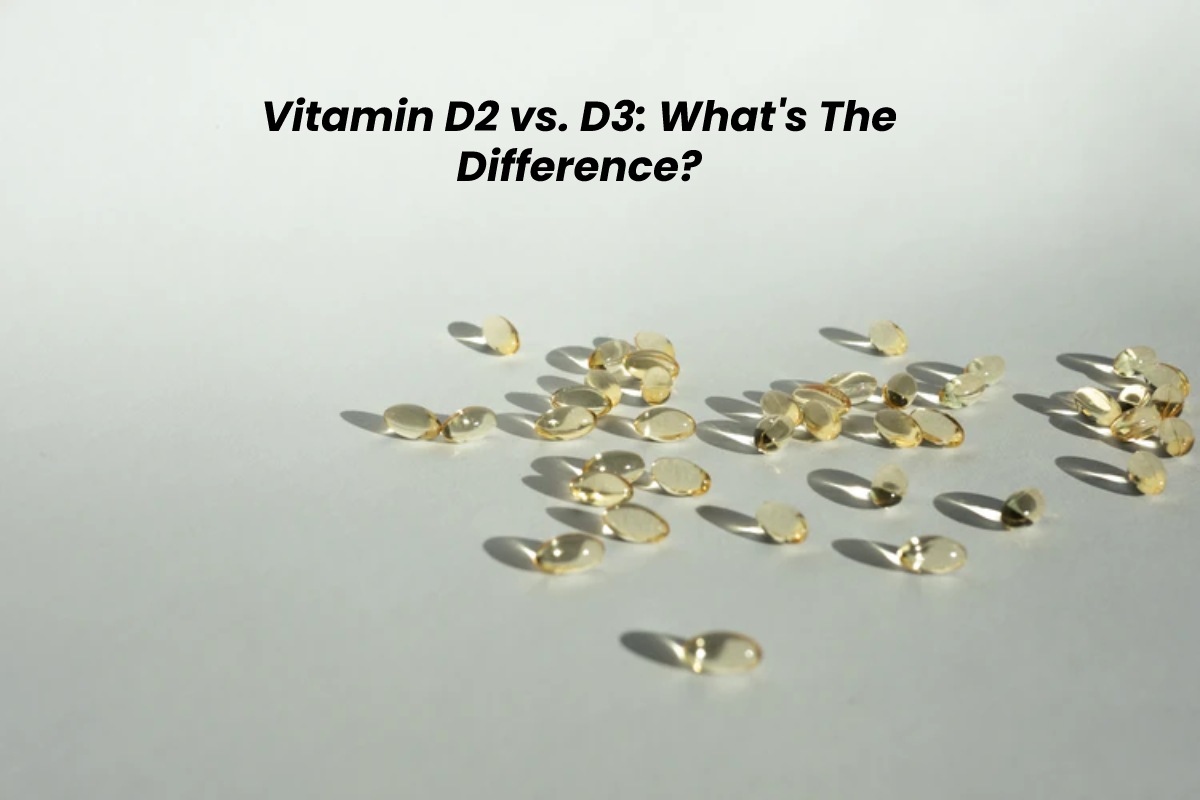When it comes to learning about vitamins, you might be surprised to realise just how complex they really are. It’s all well and good knowing that your body needs them to function normally, but when you start doing some research, you’ll realise that there’s a whole lot more to know about.
Within this article, we will be sharing the wonders of vitamin D. From understanding about the different types of vitamin D to figuring out how to get enough of it, we’ve got you covered.
Table of Contents
What Is Vitamin D?
Vitamin D is a fat-soluble vitamin that your body needs to support its normal function. It is most commonly known for supporting the immune system, but we’ll talk more about that later.
Perhaps the most interesting fact about vitamin D is that your skin produces it when exposed to sunlight. This means that, unlike many other types of vitamins, diet isn’t the main source of absorption. However, if you do spent a lot of time indoors or live in particularly cold regions, you’ll have to focus on foods like:
- Fatty fish
- Egg yolks
- Butter
- Liver
It’s important to bear in mind that very few foods contain rich levels of vitamin D. This is why a lot of people choose to take vitamin D supplements to safeguard their intake, particularly if not exposed to enough sunlight.
Types Of Vitamin D
What many people don’t realise is that vitamin D is not a single compound. It is actually split into two different vitamins:
- Vitamin D2 (ergocalciferol)
- Vitamin D3 (cholecalciferol)
Read on to discover the main differences between vitamin D2 and vitamin D3.
What Is Vitamin D2?
Vitamin D2 mainly comes from plant sources and fortified foods. It is not created by the skin when exposed to sunlight, but this isn’t too much of a concern, as it is not needed as much as vitamin D3.
Common food sources of vitamin D2 include:
- Mushrooms (if grown under UV light)
- Fortified foods
- Dietary supplements
What Is Vitamin D3?
Vitamin D3 gets produced by your skin when in sunlight. If you spend time outdoors, particularly during the summer months, your body should be able to produce all that it needs.
It’s important to note, however, that sunlight isn’t always enough. The UK sun, for example, is very rarely strong enough to influence the production of vitamin D3. This is why the NHS and UK Department of Health advise everyone to take a daily supplement.
In terms of food sources, vitamin D3 is only found in animal products. This includes:
- Oily fish
- Liver
- Egg yolk
- Butter
- Dietary supplements
Why Does The Body Need Vitamin D?
Now that you know the basics regarding what vitamin D actually is, let’s take a look into why your body needs it. The EFSA (2010 Journal) states that vitamin D:
- Is important for the immune system
- Helps to build and maintain strong muscles
- Aids calcium absorption
As you can see, this vitamin plays many vital roles in the body that can’t be ignored!
To Summarise
Vitamin D is not a single compound – it comes in two forms, known as vitamin D2 and vitamin D3. Vitamin D2 is found in plants, whereas vitamin D3 is found in animal based foods and generated through sunlight. To maintain vitamin D levels, you are advised to:
- Spend 20 to 30 minutes in the sun (safely, each day)
- Eat a balanced diet
- Take supplementation if necessary

